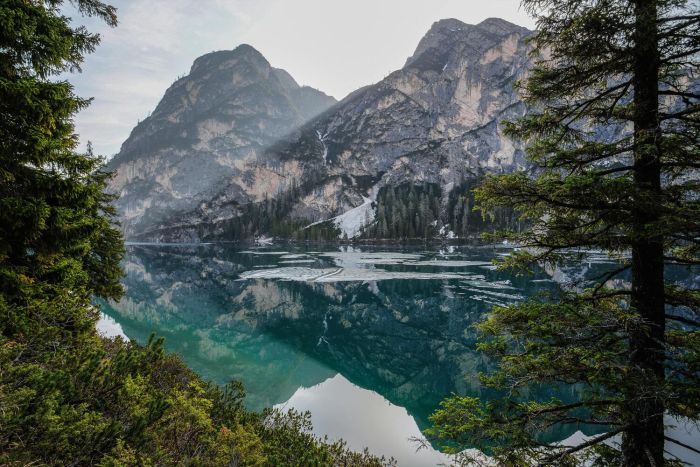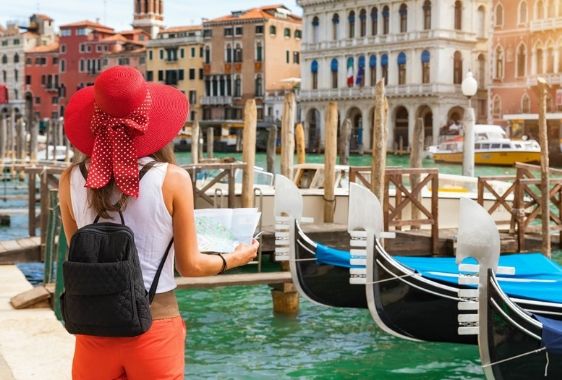Sistine Chapel Ceiling Frescoes: Scenes and Hidden Meanings
The Sistine Chapel stands as one of humanity's greatest artistic achievements, with its magnificent frescoes drawing millions of visitors each year. When Michelangelo painted the ceiling of the Sistine Chapel between 1508 and 1512, he created what would become arguably the most famous ceiling in the world.
This extraordinary work features more than 300 figures spread across nine central scenes depicting the Book of Genesis. Today, visitors stand in awe beneath these masterpieces, discovering new details with each glance upward. From the iconic Creation of Adam to the powerful Last Judgment on the altar wall, the Sistine Chapel showcases not only Michelangelo's genius but also the work of other Renaissance masters who painted the chapel's walls.
To truly understand how many scenes are in the Sistine Chapel and appreciate their profound meaning, one must take time to study each panel, each figure, and each intricate detail that makes this Vatican treasure a testament to human creativity and devotion.
Want to fully appreciate the intricate details of these masterpieces? Our expert guides can help you discover hidden symbols and stories that most visitors miss. With our private Vatican tour, you'll have the luxury of taking your time to truly understand Michelangelo's genius while avoiding the usual crowds.
When Was the Sistine Chapel Painted and Who Painted on the Ceiling of the Sistine Chapel?
In 1477, Pope Sixtus IV decided to rebuild the old chapel – and in so doing created today’s Sistine Chapel. In 1503 Pope Julius II decided to change the interior of the chapel and commanded Michelangelo to take it on. He initially disagreed because he considered himself a sculptor rather than a painter. But Michelangelo’s 4-year project eventually began in 1508.
And what an undertaking it was. The plain exterior or the chapel gives little hint of the beauty that lies within. At Avventure Bellissime – the Italian tours and Italian holiday expert – we have the pleasure of taking our visitors to the Vatican City on a skip the line tour of the Sistine Chapel. Here, in this post, our tour expert Monica gives a hint on what you can see in the Sistine Chapel frescoes. It is a must see sight during your Italian vacation. We’d love to show you this in person, so if you are planning to visit Italy, please visit our website at tours-italy.com for more information.
How Many Paintings Are on the Sistine Chapel Ceiling and Walls?
The first thing to note is that the Sistine Chapel ceiling paintings are the most famous part of the frescoes – but there is more to see in the chapel that the ceiling alone. Before Pope Julius II commissioned Michelangelo, Sixtus commissioned the most highly regarded painters of the period including, Botticelli, Rosselli, Ghirlandaio and Perugino to fresco the two long walls of the chapel. Even without Michelangelo’s work on the ceiling, the walls represent some of the best frescoes in Europe. One wall represents the story of Christ and the other the story of Moses.
The Sistine Chapel's artistic decoration comprises a total of 65 individual compositions. On the chapel's celebrated ceiling, Michelangelo painted 33 individual scenes: the 9 famous central panels depicting stories from the Book of Genesis, 8 triangular spandrels showing prophets and sibyls, 10 medallions, and 6 lunettes. Along the two long walls, created before Michelangelo's ceiling work, there are 12 frescoes painted by renowned artists including Botticelli, Perugino, and Ghirlandaio. These wall frescoes are arranged in pairs, with 6 paintings on each side - one wall depicting the Life of Moses and the other the Life of Christ. The altar wall features Michelangelo's later masterpiece, The Last Judgment, which though appearing as one massive scene, contains multiple interconnected vignettes depicting the second coming of Christ.
How Many Scenes Are in the Sistine Chapel? Exploring the Book of Genesis
The Sistine Chapel's ceiling features 9 central scenes from the Book of Genesis, arranged in chronological reverse order from the altar to the entrance, depicting the story of Creation through Noah's life - from The Separation of Light and Darkness to The Drunkenness of Noah - each masterfully painted by Michelangelo between 1508 and 1512.
Along the central part of the ceiling fresco, you will see Michelangelo’s nine scenes of the Book of Genesis – the first book of the bible. The images are organised into three groups of three pictures. The scenes – Creation, Downfall and Fate - are not in chronological order and appear in reverse order when viewed from the entrance of the chapel.
Vatican Painting Ceiling: A Detailed Look at the Biblical Narrative
The scenes you will see from the altar to the main door on the ceiling of the Sistine Chapel frescoes include: The Separation of Light and Darkness; Creation of the Sun, Moon and Earth; The Separation of Land and Water; The Creation of Adam; The Creation of Eve; The Temptation and Expulsion; The Sacrifice of Noah; The Great Flood and The Drunkenness of Noah.









